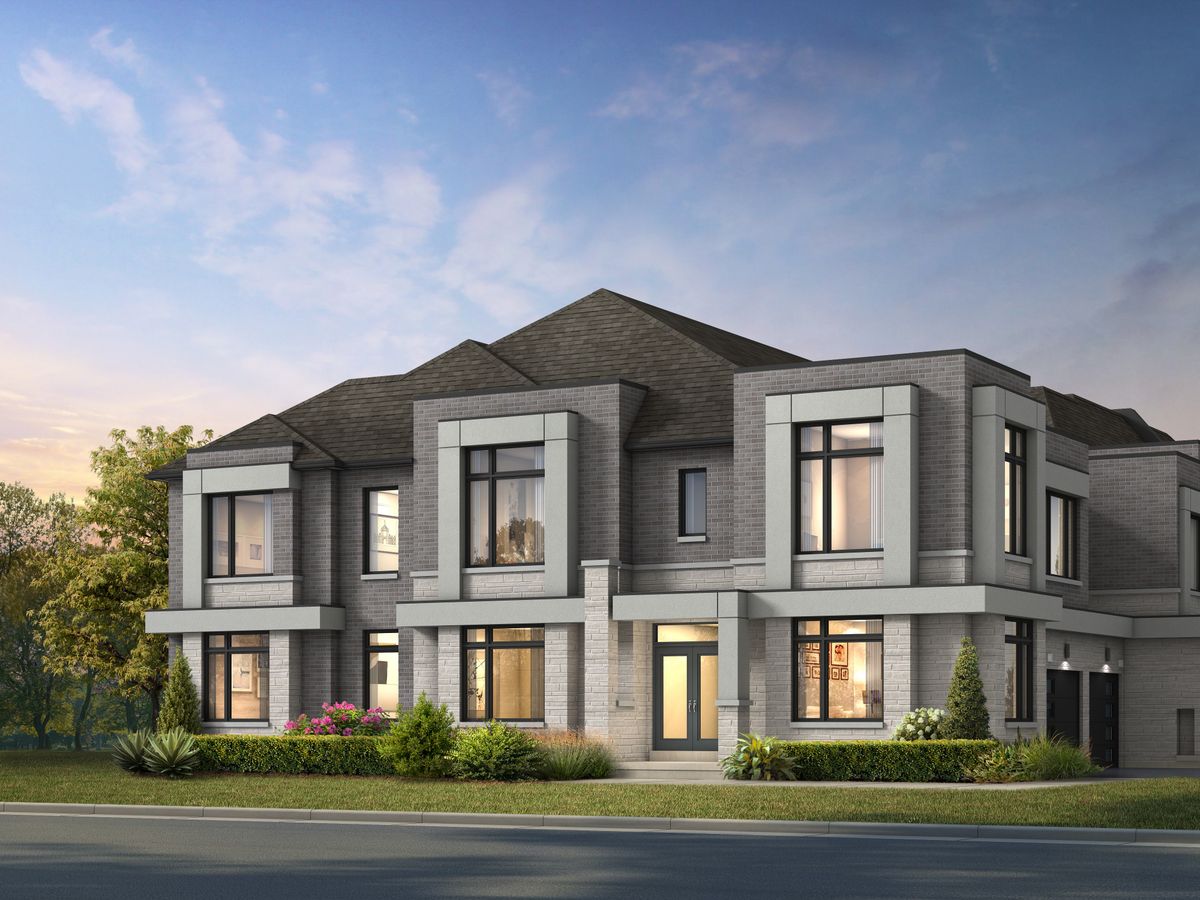
Anyone who’s recently looked up at the Toronto skyline has noticed that the city is in the middle of a condo boom.
In fact, condo development in the GTA is at a record high with more than 94,000 units currently under construction or pre-construction. But are we building the types of condo units our region needs?
The Ryerson City Building Institute recently partnered with the real estate data firm Urbanation to answer this question. Our co-authored report, Bedrooms in the Sky, is the first research of its kind that looks at Toronto’s forthcoming supply of condos in such detail and through a demographic lens.
In a nutshell, we are building tall and small. We found that small one-bedroom and one-bedroom-plus den condo units comprise 55 per cent of condo apartments coming online in the region over the next five years. Although these types of units are fine for singles who don’t have families, they can be cramped for young families.

Here’s the problem: The GTA’s demographics are changing. Over the coming decade, as millennials age, the 35 to 44 age bracket is expected to grow by 207,000 residents, driving increased demand for larger, more family-friendly housing. Meanwhile, the 25-34 age cohort that typically buys smaller units will experience its slowest growth in over a decade.
At the same time, the GTA’s population of downsizing seniors (aged 65 and over) will continue to rise. Seniors are expected to grow by 484,000 residents over the next 10 years.
In many cases these downsizers will be seeking similar housing to young families who are looking to upsize to larger units with two or more bedrooms. Despite the coming surge of households seeking family-sized units over the next decade, we are building fewer two-bedrooms proportionately than ever before.
Building more family-friendly units for the upsizers and downsizers is critical due to Toronto’s growing housing affordability crunch. Toronto Real Estate Board data reveal that the price gap between single-detached houses and condo apartments has tripled since 2007, from $200,000 to $600,000.
Today, the average GTA condo apartment costs $511,000 while the average detached house costs $1,134,000. Equally troubling is that a three-bedroom condo apartment is well over $900,000 in the GTA, and even higher in the City of Toronto.

"Condo development in the GTA is at a record high with more than 94,000 units currently under construction or pre-construction. But are we building the types of condo units our region needs?,” asks Burda.
Unit size is only one factor that makes housing more family friendly. Scale and building type are important too. Just 3 per cent of all condo apartments in the pipeline throughout the GTA are in buildings under five storeys, such as low-rise walk-ups and other types of “missing middle” homes.
Buildings of this scale offer condo apartments located within existing low-rise residential neighbourhoods. In addition, buildings six storeys and under can be built using wood frame construction, which offers greater flexibility for developers.
When we drill down in the data, troubling trends emerge as a result of strong investor demand for small condo units; 95 per cent of condo units are pre-sold before a shovel hits the ground, and half of these are grabbed by investors. It’s a vicious circle: This demand has driven up the value of land, and increased the per square foot costs of condos, pushing the cost of large family-friendly units out of reach for typical Torontonians.
In order to disrupt this, Toronto’s condo market needs to shift from serving investors to serving end users. This means building more family-oriented housing units in mid-rise and low-rise buildings across the city. But accomplishing this will require a big shift from the types of units that have been built over the past two decades.
Without attention, the proportion of family-friendly housing available in desirable neighbourhoods will decrease, and affordability will further erode. This means that young families will have to "drive to qualify" for not just detached housing as they already do, but for any kind of family-friendly unit.





















